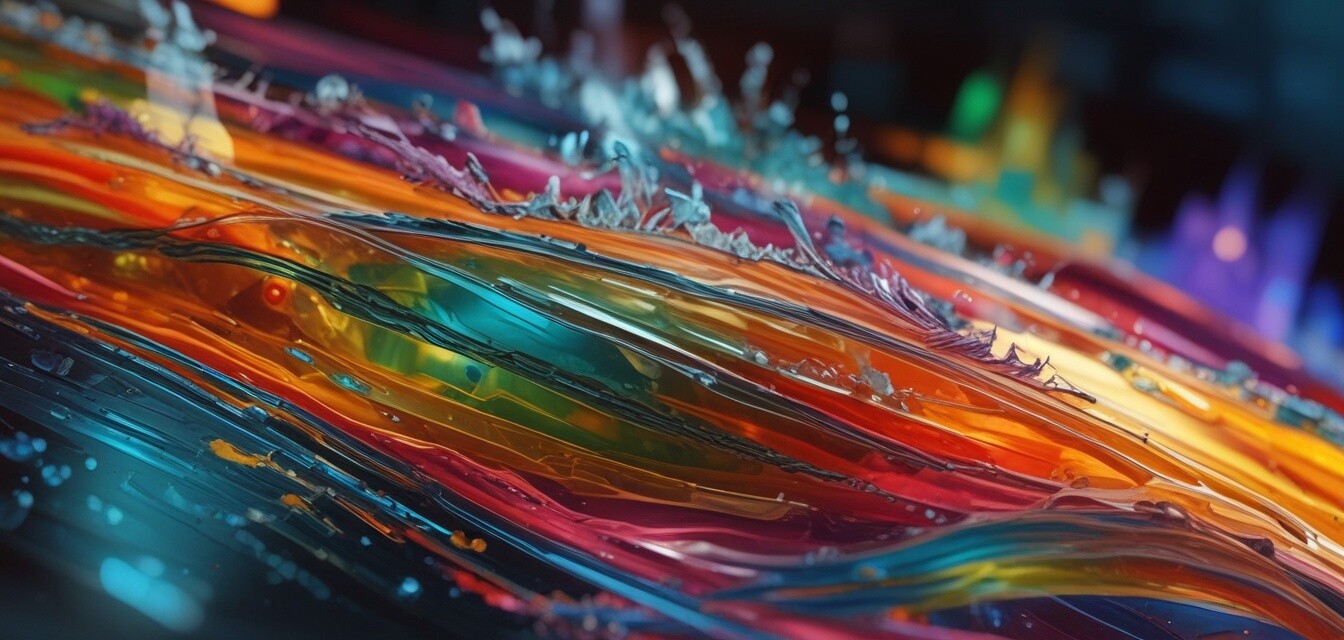
How to Incorporate Lighting in Glass Art Projects
- Understand the importance of lighting in enhancing glass art.
- Explore various types of lighting techniques suitable for glass art.
- Learn how to choose the right light sources for your projects.
- Expose different ways to position lights for the best visual impact.
- Discover tips for combining colors and shapes with lighting.
Creating beautiful glass art pieces is not only about the glass itself but also about how you choose to illuminate them. The right lighting can dramatically enhance the colors, depths, and intricacies of your glass creations. In this article, we'll explore tips and techniques for incorporating lighting into your glass art projects, helping you achieve stunning visual effects that captivate your audience.
The role of lighting in glass art
Lighting plays a critical role in the perception of glass art. It can enhance colors, create shadows, and alter the viewer's experience. There are several factors to consider when planning the lighting for your glass art projects:
- **Type of glass:** Different glass finishes interact uniquely with light.
- **Placement:** Where you position your light sources can create varied effects.
- **Intensity:** The brightness of the light can enhance or obscure details.
Types of lighting techniques
Different types of lighting can be used to create striking effects in glass art. Here are a few popular techniques:
| Lighting Technique | Description |
|---|---|
| Spotlighting | Directs light onto a specific area or piece of glass, creating dramatic highlights. |
| Backlighting | Illuminates the glass from behind, enhancing its colors and translucency. |
| Ambient Lighting | Provides overall illumination in a space, helping to create a welcoming environment. |
| Color Lighting | Utilizes colored lights to enhance the hues of the glass, creating emotional responses. |
Choosing the right light sources
When selecting light sources for your glass art projects, consider the following options:
- **LED lights:** Energy-efficient and long-lasting, LED lights are great for illuminating glass artworks. They produce less heat, making them safer for sensitive materials.
- **Halogen lamps:** Halogen lights emit a brighter, whiter light that can enhance the vibrancy of glass.
- **Natural light:** Using sunlight can create a stunning visual when it interacts with colored glass, offering unique effects throughout the day.
Positioning and arrangement
How you position the lights is just as important as the type you choose. Here are some tips for effective positioning:
- **Angle your lights**: Illuminating glass at an angle can create interesting shadows and highlights.
- **Experiment with distance**: Move your light sources closer or farther away to see how it affects the piece.
- **Layer your lighting**: Combine different types of lighting for depth and complexity.
Combining colors and shapes with lighting
The colors and shapes of your glass can greatly influence how lighting affects the overall appearance. Here are a few considerations:
- **Contrast**: Use contrasting colors to highlight specific features of your glass art.
- **Shape**: Intricate shapes can create complex shadows, adding depth to your work.
- **Translucency**: The level of transparency in your glass will determine how light passes through and interacts with your piece.
Project ideas utilizing lighting
Here are some project ideas to get you started on incorporating lighting into your glass art:
- **Illuminated glass sculpture**: Create a sculpture with built-in LED lighting to highlight its design.
- **Table centerpiece**: Use glass bowls filled with colored glass and integrate lighting for an eye-catching centerpiece.
- **Wall art**: Backlight your glass panels for stunning wall displays that change with the light throughout the day.
Conclusion
Incorporating lighting into your glass art projects can elevate your creations to new heights. Whether you use spotlights, ambient lighting, or natural light, the key is to experiment and find what works best for your artistic vision. Don't forget to explore more about glass sheets and supplies, ensuring you have the right materials for every project.
Pros
- Enhanced visual appeal of glass art
- Creates dynamic changes based on lighting conditions
- Offers opportunities for creativity and expression
Cons
- Can require additional equipment
- May take time to perfect the lighting technique
Further reading
To deepen your understanding of glass art techniques, don't miss our guides on glass kilns and glass molds. These resources will provide valuable insights as you continue your artistic journey.

